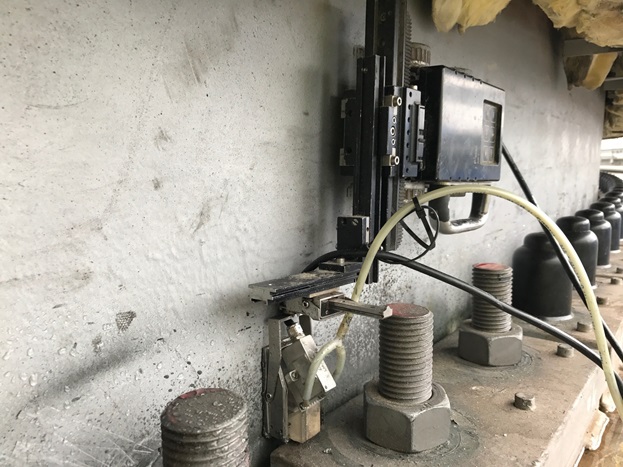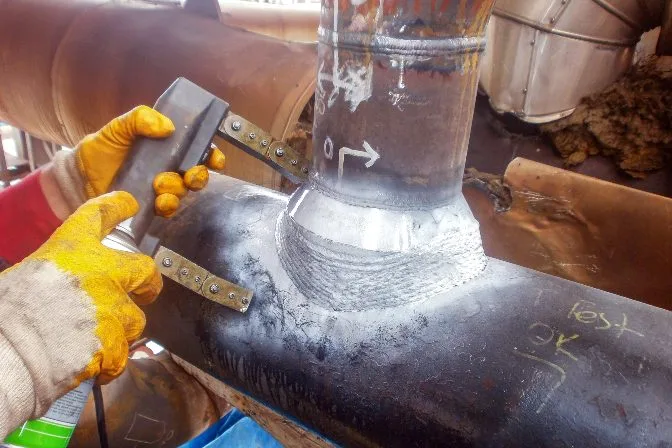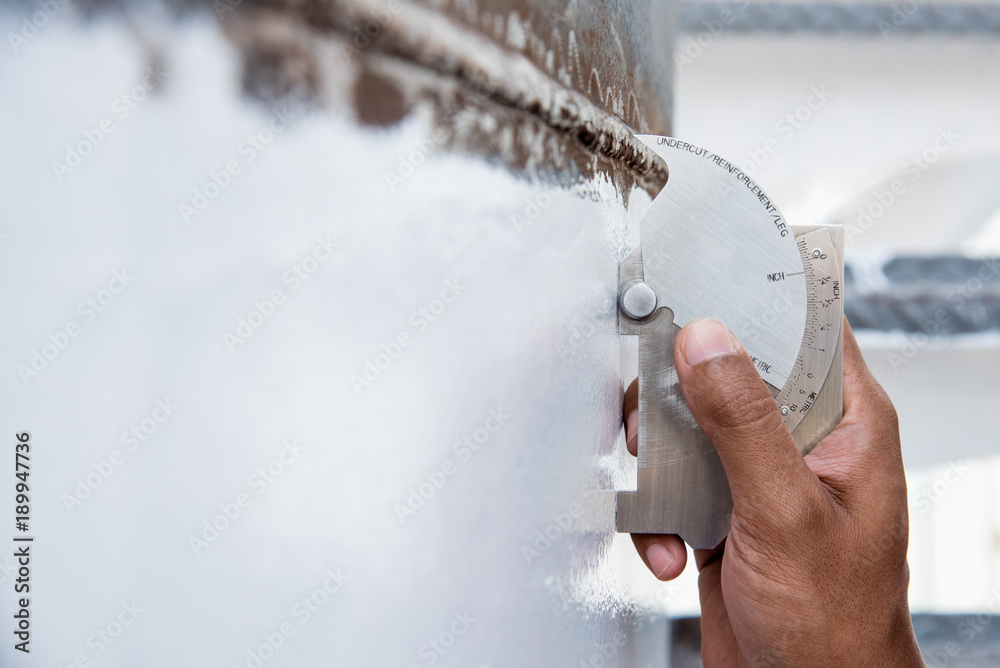The Essential Role of Container Welding Examination in Ensuring Structural Honesty and Safety And Security Conformity in Industrial Applications
In the world of commercial applications, tank welding assessment emerges as an essential element in securing architectural integrity and making certain compliance with security laws. Utilizing a mix of strategies such as visual analyses and progressed testing techniques, these examinations serve to determine and minimize potential problems prior to they escalate into considerable threats.
Significance of Storage Tank Welding Examination

Making certain conformity with industry standards and policies is one more considerable element of container welding examination. Regulatory bodies mandate strict guidelines for the construction and maintenance of storage tanks, and extensive assessments aid organizations abide by these demands. Non-compliance can lead to extreme charges, including fines and shutdowns, even more emphasizing the need for rigorous inspection methods.
Moreover, container welding assessment plays an important role in keeping operational performance. In summary, the importance of container welding evaluation exists in its capability to safeguard public wellness, safeguard the environment, and make sure compliance with governing frameworks.
Trick Evaluation Strategies
Effective container welding inspection counts on a range of key methods that make certain extensive analysis of weld quality and architectural honesty. Among one of the most widespread techniques are visual assessment, ultrasonic screening, radiographic testing, and magnetic bit screening - Tank Welding Inspection. Each approach provides special benefits in evaluating various facets of the weld
Aesthetic evaluation acts as the initial line of protection, allowing inspectors to determine surface area issues, abnormalities, or inconsistencies in the weld bead. Ultrasonic screening utilizes high-frequency acoustic waves to detect internal defects, such as fractures or gaps, giving a comprehensive assessment of weld integrity. This technique is especially efficient in finding concerns that might not be noticeable on the surface area.
Radiographic screening utilizes X-rays or gamma rays to produce pictures of the welds, revealing internal suspensions and offering a long-term record for future recommendation. This method is extremely effective for crucial applications where the danger of failure should be reduced.
Lastly, magnetic particle screening is used to recognize surface area and near-surface flaws in ferromagnetic materials. By applying magnetic fields and fine iron fragments, assessors can determine interruptions that may jeopardize the structural integrity of the container. With each other, these methods form a robust structure for making sure top notch welds in industrial applications.
Compliance With Safety And Security Specifications

Regular examinations play an essential role in making certain conformity by identifying possible failures or inconsistencies from recommended standards. Examiners are trained to examine weld quality, validate material requirements, and evaluate the total structural honesty of storage tanks. Their proficiency is essential in guaranteeing that welding procedures meet the called for safety standards.
Additionally, conformity with security criteria not only secures workers however additionally safeguards the atmosphere from possible hazards such as leaks or disastrous failures. Organizations that focus on safety compliance are much better placed to reduce dangers, boost operational effectiveness, and cultivate a culture of security within their labor force. In recap, maintaining extensive conformity with safety and security standards is vital for the effective operation of storage tank welding tasks in commercial setups.
Benefits of Regular Assessments
Normal inspections are essential to preserving the architectural honesty and safety and security of welded tanks. These evaluations supply an organized approach to identifying potential problems or weaknesses in the welds, making sure that any kind of concerns are resolved prior to they rise right into significant failures. By conducting regular assessments, organizations can spot corrosion, tiredness, and various other kinds of damage that might endanger storage tank efficiency.
Additionally, constant assessments add to compliance with market policies and standards. Adhering to these guidelines not just minimizes lawful dangers however likewise enhances the organization's reputation for safety and security and integrity. Normal assessments promote a proactive safety society, urging workers to recognize and prioritize the relevance of tools stability.

Study and Real-World Applications
Situation researches and real-world applications show the concrete influence of effective container welding inspection methods. Adhering to the implementation of extensive welding examination protocols, including aesthetic and ultrasonic screening, the facility determined essential defects in weld joints that can have led to disastrous failures.
Likewise, a water therapy plant applied an extensive assessment program for browse around here its container welding procedures - Tank Welding Inspection. By incorporating non-destructive testing techniques, the plant had the ability to detect early signs of rust and tiredness in weld joints. This prompt treatment extended the lifespan of the tanks and guaranteed conformity with security laws, hence safeguarding public health
These study highlight the value of routine and organized container welding examinations. By focusing on these techniques, sectors can minimize threats, boost architectural honesty, and make certain conformity with safety and security criteria, inevitably bring about boosted functional effectiveness and minimized obligations.

Verdict
In final thought, tank welding inspection is a crucial element of keeping structural honesty and security in industrial applications. Using various evaluation techniques makes certain early discovery of potential imperfections, thus protecting against devastating failings.